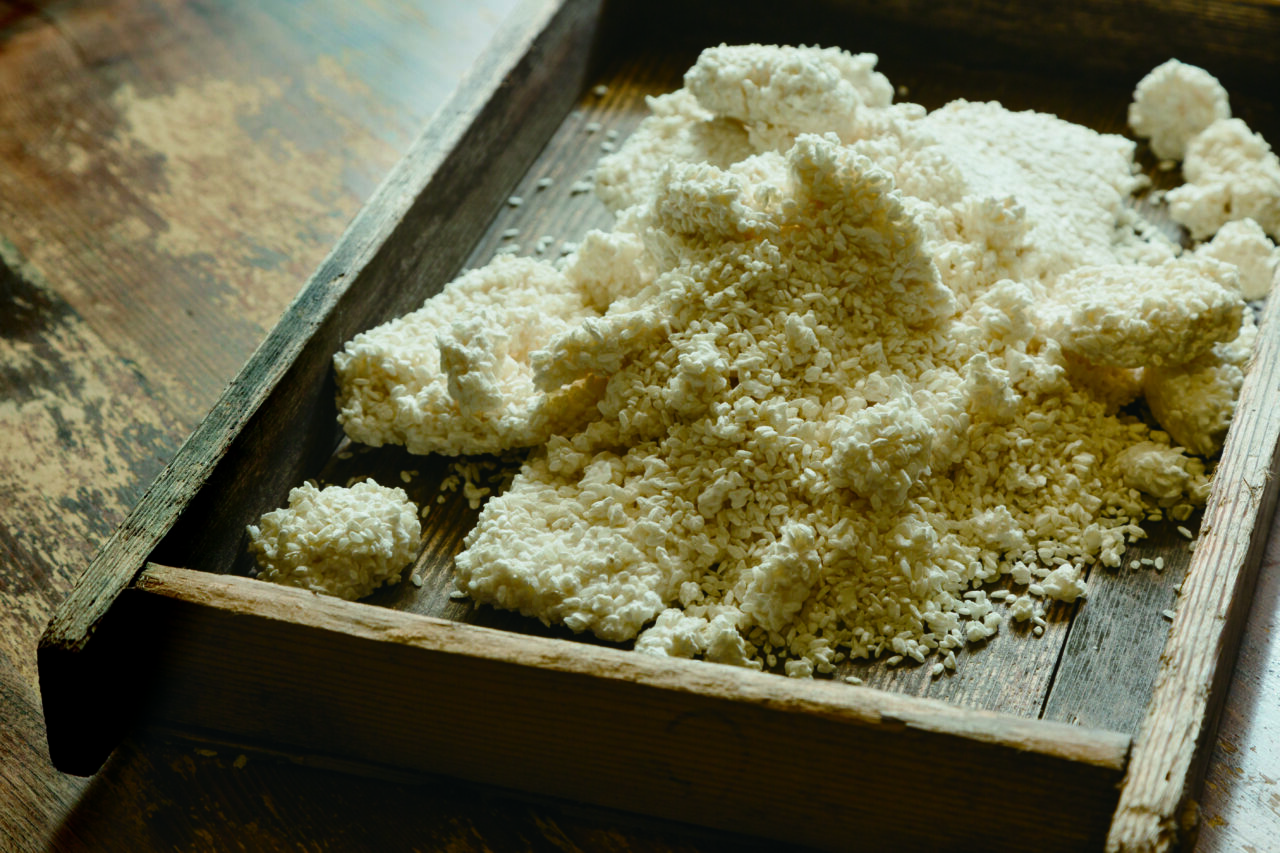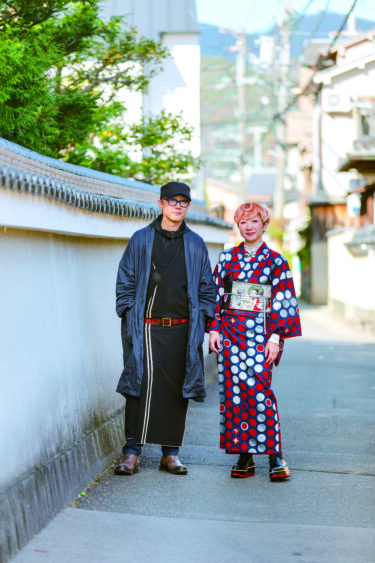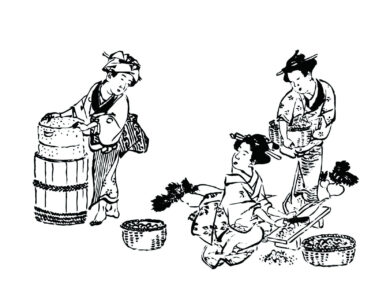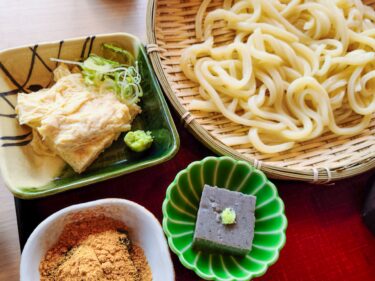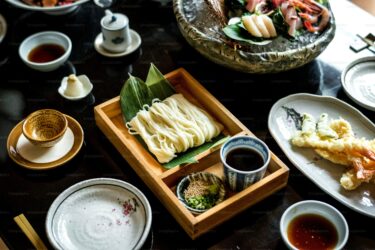The Japanese Art of Fermentation
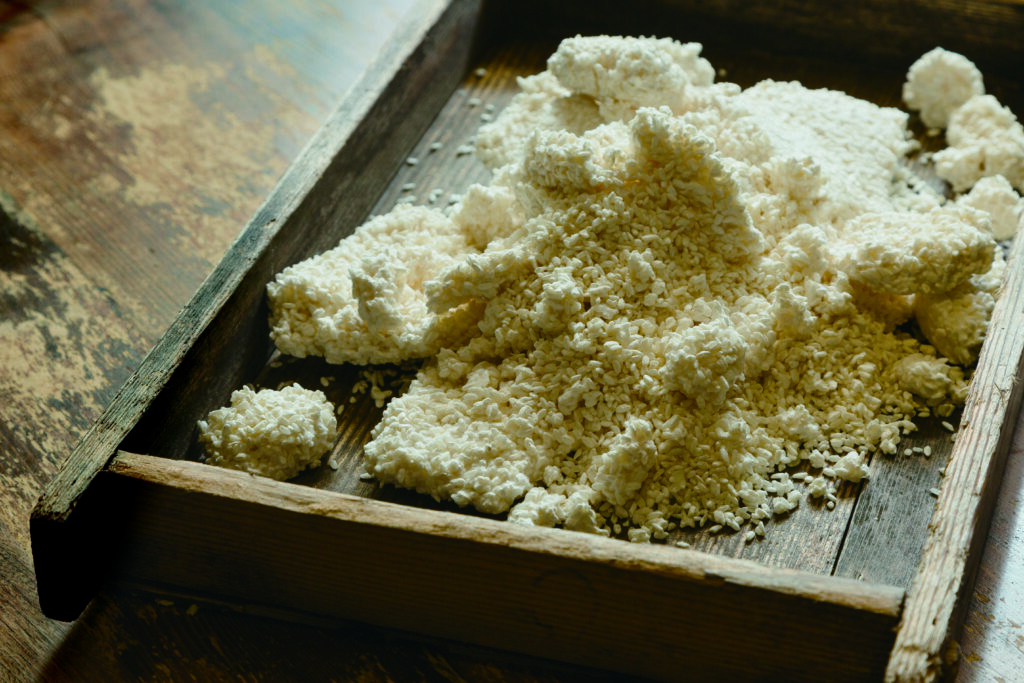
The recent worldwide trend of wellness has reawakened mainstream interest in fermented foods and drinks.
Kombucha tea, originally from Mongolia, has surged in popularity over the past few years to become a staple of the health-conscious crowd. More recently, The Noma Guide to Fermentation co-authored by the co-owner of Denmark’s Noma, a Michelin-starred restaurant acclaimed for their wonderfully inventive dishes, caused something of a sensation. The trend also includes Japanese cuisine and its rich fermentation culture including Japanese saké, nattō beans and tsukemono pickles, to name a few. Issue 43 of Enjoy Kyoto takes a peek into the world of traditional Japanese fermented foods. The culture’s deeper than you might think.
Komekōji, or cultured kōji mold on steamed rice. A key ingredient to make saké and miso, the mold is cultivated
inside a 30 to 40℃ room over a period of 48 hours. The quality of the resulting kōji affects the quality of the fermented food. It is the most nerve-wracking part of the process for manufacturers. (Photo courtesy of Kōjiya Amekaze)
The Mold to Unfold Japanese Food
Fermentation is a metabolic process through which microorganisms transform substances with a result that is beneficial to human wellbeing. The microbial activity makes food tastier, more nutritious, and longer lasting. On the contrary, if fermentation goes wrong, the food spoils and emits foul odors, and can be harmful to the body if ingested. There’s a fine line between the two, but civilizations have understood the workings of fermentation and used it to enrich their food culture since prehistoric times.
The microbes that induce fermentation include lactic acid bacteria found in yogurt, yeast to brew wine, and mold (fungus) that makes Camembert and blue cheeses. Mold is the key to making fermented foods in East Asia (including Japan) and Southeast Asia, where the warm, humid climates are ideal for mold to grow.
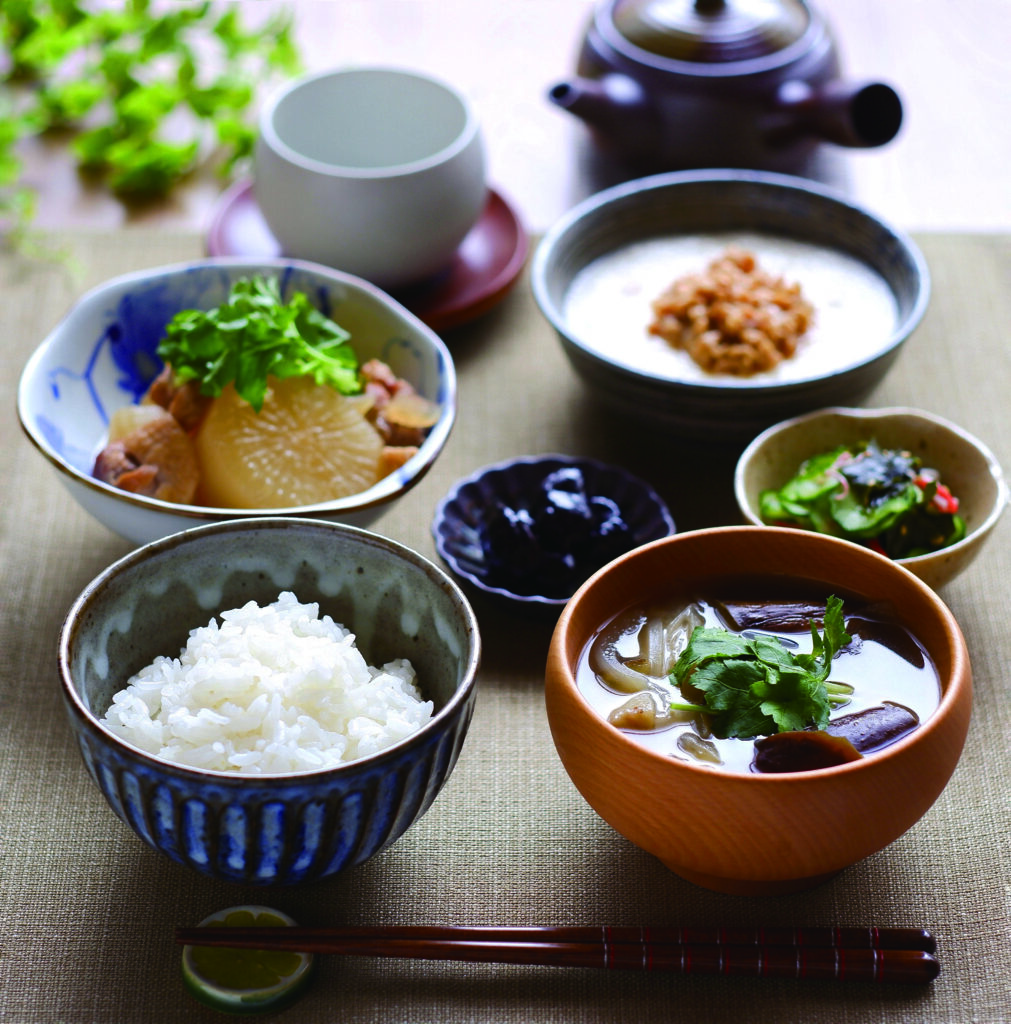
One such variety is kōjikin (kōji mold), which is unique to Japan and grows on grains and oilseeds such as rice, wheat and soybeans. Kōjikin is a general term that represents several varieties of the mold including the filamentous fungus Aspergillus oryzae. Let soybeans sit in kōji mold and you’ll get miso or soy sauce; ferment rice with it and you’ll have saké; or add acetic acid bacteria to a barrel of rice wine and you’ll get rice vinegar. Japanese food wouldn’t be the same without kōjikin.
So what does this versatile mold look like? The cream-colored chunks on the tray pictured above are kōjikin cultivated on steamed rice. The fuzzy, cottony spores growing around each grain are visible with the naked eye.
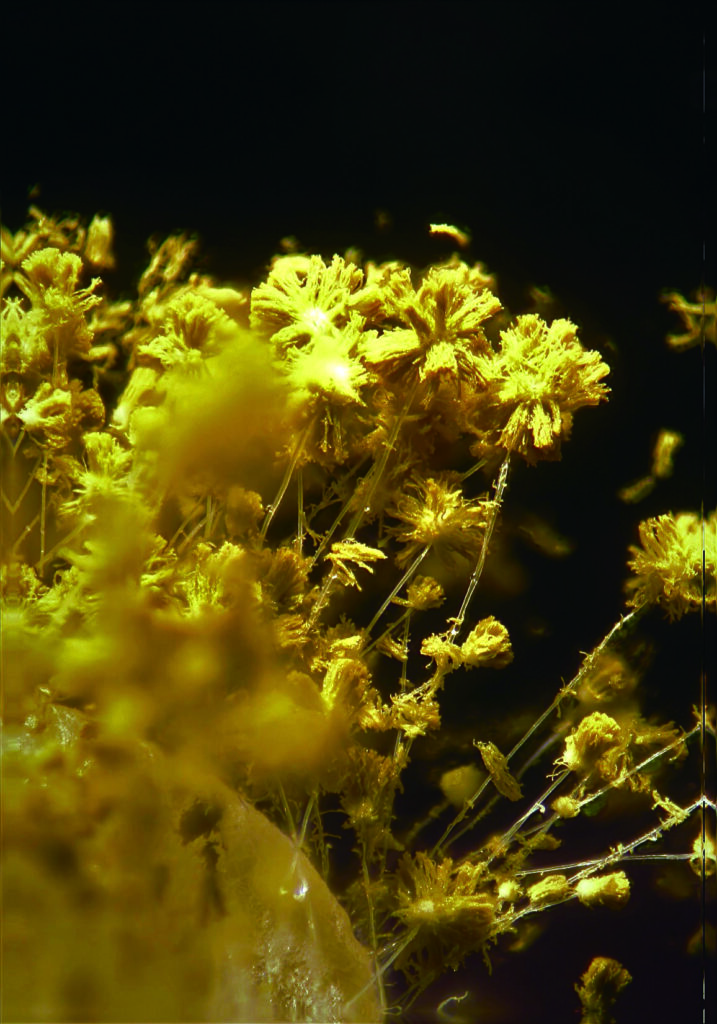
Under a microscope, tanekōji spores resemble flowers. This is why the kanji characters for kōji mold include an element meaning “flower” or “chrysanthemum”.
The image above is a close-up of a kōjikin through a microscope. Doesn’t it remind you of fluffy dandelions? It seems kind of harmless and dreamy for a fungus. (In fact, kōji mold does not produce any potentially harmful organic chemicals.)
To learn more about kōjikin and its history from a professional, we paid a visit to Hishiroku, a company that has been in the business of producing and selling tanekōji (the mold’s mother or fermentation starter) for
over 300 years in Kyoto. According to the owner, Akihiko Sukeno, there are only six companies in the entire country supplying tanekōji to manufacturers producing fermented foods. As a provider of starters to more than 2,000 companies, Hishiroku has long supported Japanese fermentation traditions behind the scenes.

Sukeno tells us the first known written reference to kōjikin is in an 8th-century regional journal that recounts, “Steamed rice offered to the gods became wet and grew mold. Fermenting it produced saké, wherefore a banquet was held.” You can imagine how the ancients saw something sacred in the power of microbes.
Around the 13th century, a merchant in Kyoto monopolized the manufacturing and distribution of kōji, and in the 15th century a technique was developed to enable the monoculture cultivation of tanekōji to sell them as fermentation starters in the way that Hishiroku does now. A kind of bio-business long before the word was invented—quite ahead of its time!
Recent studies show that cultivating kōjikin on steamed grains produces over 100 varieties of enzymes, while raw vegetables only contain several. Says Sukeno, “Through fermentation, the enzymes in kōjikin break down proteins into umami, and starch into glucose (sweetness). The mold plays an essential role in creating flavors that constitute Japanese cuisine.” Plus, the mold is also a rich source of B vitamins, which helps improve digestion, gut health, and recovery from fatigue. Sukeno concludes, “People in the Edo period drank amazake (fermented rice drink) for an energy boost in the hot summer. Today, people who take their wellbeing seriously are revisiting the benefits of this naturally sweet drink. Our ancestors would probably laugh if they knew it was considered a health drink now. That’s how much fermented foods and drinks used to be a normal part of the daily diet.”
Click here to discover the delicious secrets of miso and soy sauce, the two most popular seasonings fermented with kōjikin. It’s a surprisingly simple process to produce them but one that is steeped with ancient know-how and experience.
Tanekoji for various foods
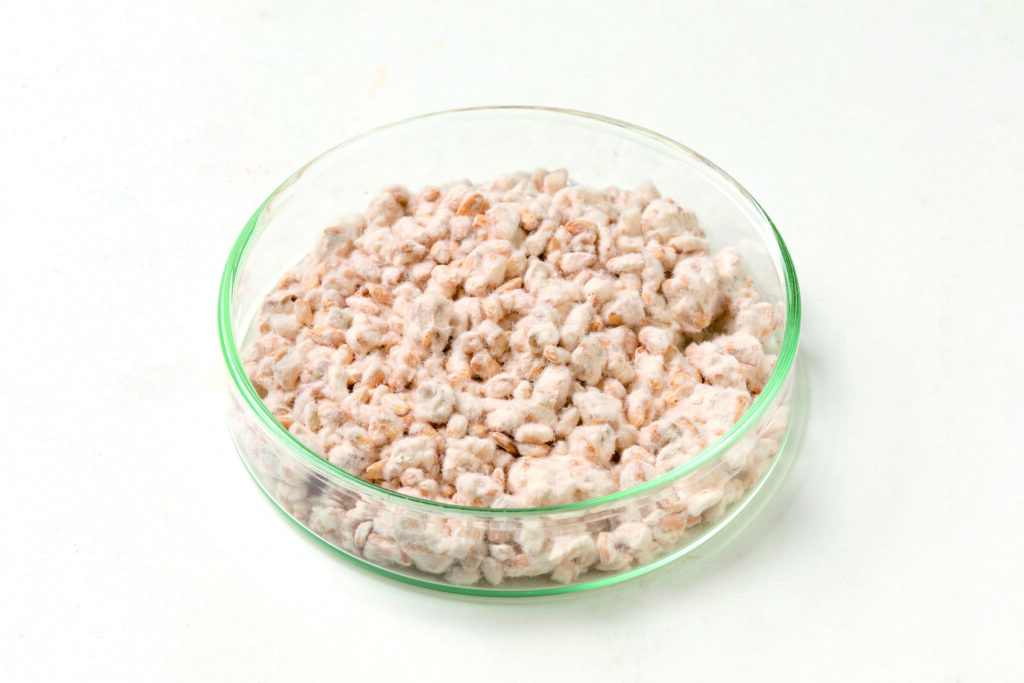
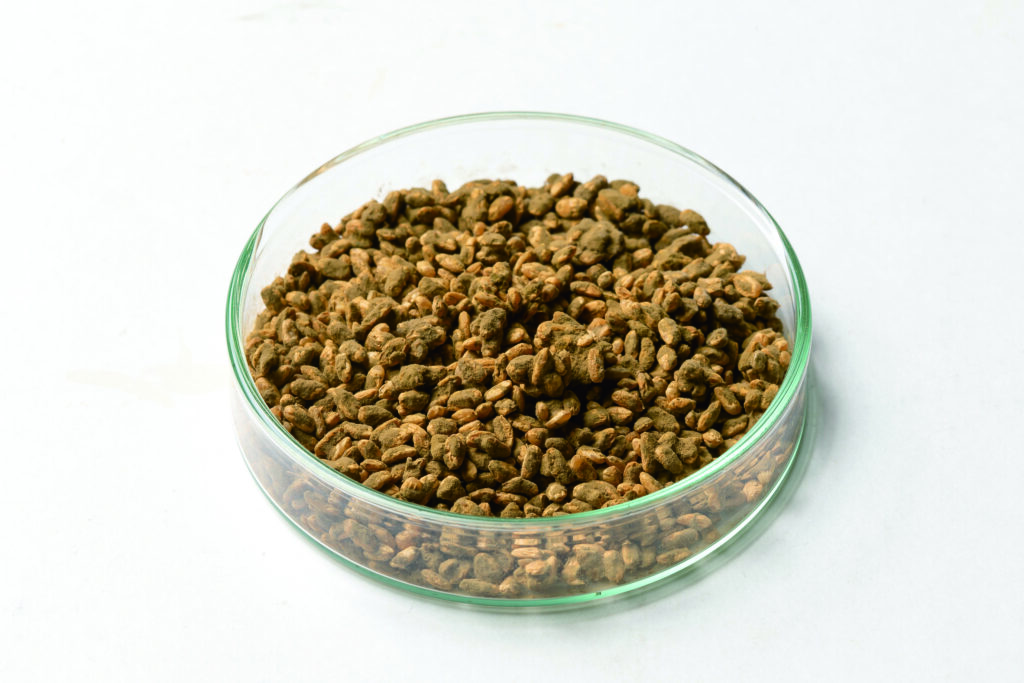
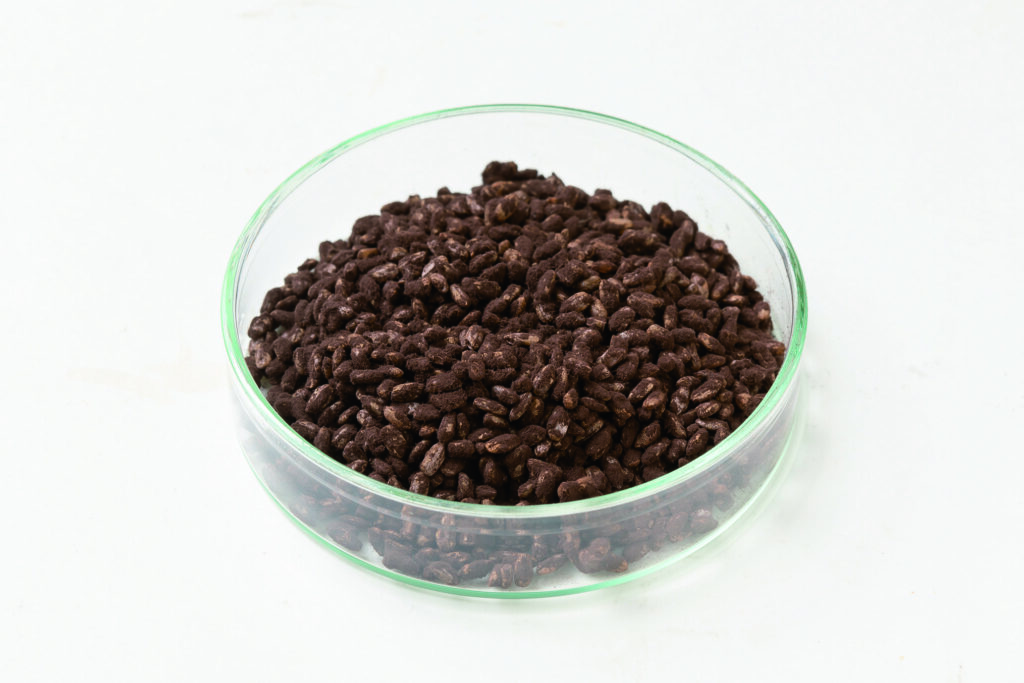
Examples of Hishiroku’s tanekōji. The company produces a variety of fermentation starters for different products such as saké, soy sauce, miso and shōchū (distilled liquor). Sprinkling tanekōji on steamed grains cultivates kōji like the samples above.
Akihiko Sukeno
Owner of Hishiroku, a tanekōji seller with a history of over 300 years. Sukeno conducts lectures and workshops to spread the amazing culture of kōji. In 2020, the company launched an online store selling their tanekōji.
1469.stores.jp


